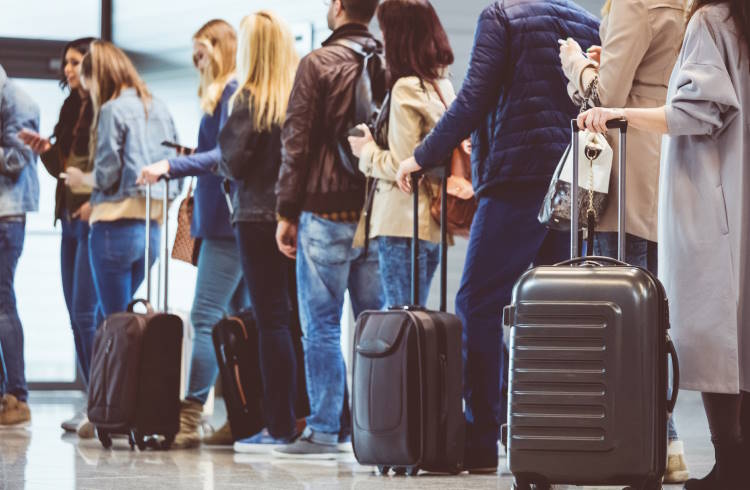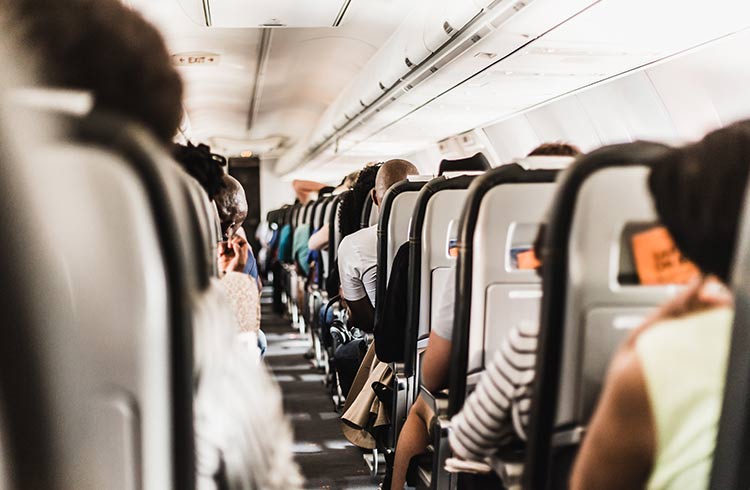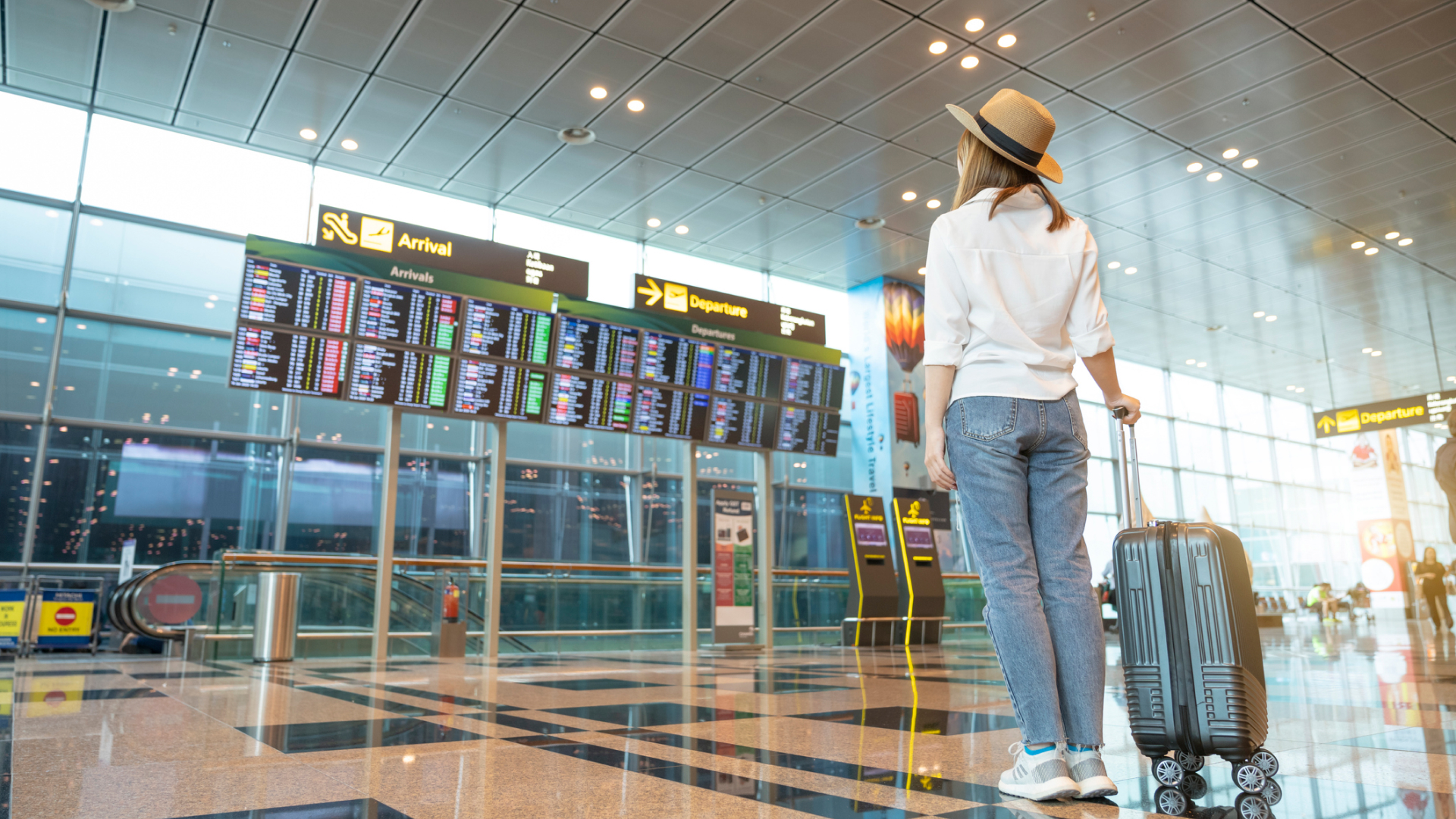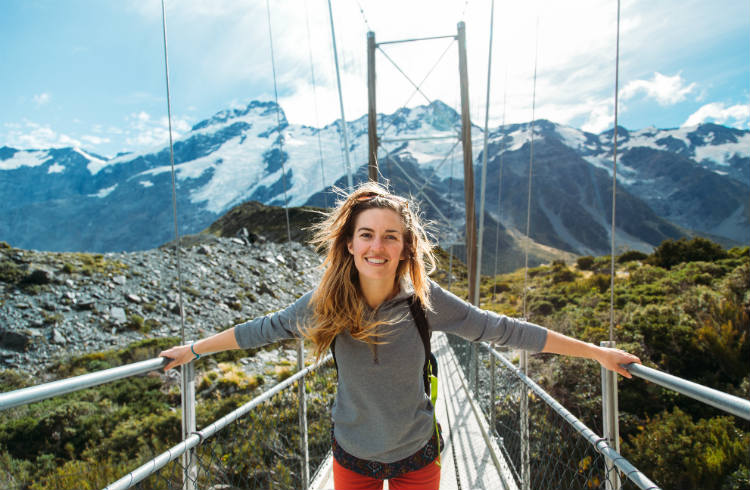How To Survive an Unexpected All-nighter at an Airport
Having to spend an unscheduled night in an airport, train or bus station is a worst-case scenario but if you're prepared, planning ahead could mean getting a few hours’ sleep instead of night of discomfort.
 Photo © Getty Images / Alexander Spatari
Photo © Getty Images / Alexander Spatari
While it would be nice to carry an inflatable camping mattress and sleeping bag with you everywhere you go, it’s a balancing act between stuffing your bag full of just-in-case essentials and traveling light. Packing multi-purpose items that help you travel comfortably and make it easier to pass an unplanned night in transit is the way to go.
Expert advice
Even the most avid travelers will admit they don’t love every aspect of travel – it can fray the steeliest of nerves when delayed flights, canceled buses and overbooked trains have them hanging around for hours on end waiting for the next announcement and potentially delayed baggage.
When delays are extensive, hiking and biking guide Peter Sexton says spending the night at an airport or train station is sometimes preferable to the hassle of taking all your luggage with you to find a hotel, only to have to find your way back to make your flight or bus trip a few hours later.
One item he never leaves home without is a neck buff. “I’ve traveled all around the world and, as a full-time guide – I travel 10 months of the year – I just think a neck buff is one of the most functional things in the world.”
When you’re not using it to keep your neck warm and a place for your head to loll, you can use it as an eye mask to block out the harsh lights of an airport gate or bus terminal, as a headband to keep your hair out of your face when having a wash in the restroom (and then as a mini-towel to dry off), or as a head covering for warmth.
Peter always travels with a down jacket (“It stuffs up small but adds instant warmth”) and his all-time favorite clothing item – his bright yellow R1 Hoody from Patagonia. It’s a lightweight, breathable, mid-weight layer with a hood you can pull over most of your face when it’s time for sleep. Plus, it’s made from 100% recycled polyester and is Fair Trade Certified sewn.
Although he doesn’t go as far as traveling with an inflatable sleeping mat, he does take a Thermarest Z-Seat wherever he goes. This small, lightweight camping seat is made from closed-cell foam. Unfolded, it provides a layer of comfort when taking a break on a hike, but when he can find a quiet spot at the airport to lie down, he places the Z-Seat under his hip for comfort.
Peter’s other recommended essentials? Noise-canceling earbuds, a spare set of socks and jocks, and a mini travel towel. If you’re somewhere that offers showers, having clean underclothing and a towel to dry yourself can turn your whole day around.

Travel comforts
Travel writer Ivy Carruth says a large scarf or wrap is also a must. “I won’t go anywhere without some kind of wrap; something lightweight that I can throw in the wash. It can serve as a blanket, get balled up for a pillow, cover my head if I want some darkness and privacy, or, of course, be used when the air-conditioning is blowing excessively.”
Another essential? “Pawpaw balm in the red tube is my absolute desert-island must-have,” Ivy says. “For lips, hands, little scratches, dry noses, and nasal cavities that get dried out on the canned air of flights – it’s a lifesaver.”
Other items you won’t regret carrying with you:
- Charging cords for your phone and tablet/laptop
- A power bank for when you can’t plug in your devices
- Pre-downloaded episodes to watch or listen to
- A sleep app that plays soothing sounds or meditations to help you drift off
- Eye mask and earplugs
- Small toiletry items – deodorant, sanitizer, moisturizer.
If you’re lucky, the airport you’re stranded in will not have bright lights, televisions and music blaring all night long. Instead, they will thoughtfully dim the lights and turn off the tunes until a respectable hour. If you’re really lucky, the airport will have showers you can use, sleep pods (or at least banks of seating without armrests so you can lie down without having to lie on the floor), free Wi-Fi and 24-hour food options.
Sleep-friendly airports
These standout airports are known to provide a range of amenities that make it easier to kill time at airports – even when you’re there all night long:
Singapore Changi Airport: if you have to stop over somewhere, do it here. This airport has comfortable sleeping lounges, rest zones and even a transit hotel. Not sleepy yet? Have a wander around the Butterfly Garden or Canopy Rainforest, take a dip in the rooftop pool or see a movie – they’re free.
Tokyo Haneda Airport: clean and efficient, this airport offers the weary traveler comfortable rest areas, capsule hotels and shower facilities and there’s even a spa and sauna.
Dubai International Airport: this busy airport has sleep pods, and single, double and bunk cabins. Some rest spaces have shower facilities, restrooms, and private working pods.
Incheon International Airport, Seoul: well set up with nap zones, shower rooms, a transit hotel, and a 24-hour spa and dry sauna.
Amsterdam Airport Schiphol: don’t have the time to visit Amsterdam’s Rijksmuseum? Visit a mini version of the museum at the airport – it’s open 24/7. There are also sleep cabins, reclining chairs and designated rest zones – plus plenty of dining and shopping options.
Helsinki Airport, Finland: quiet and serene, this sleek airport has armrest-free benches and reclining chairs scattered throughout, along with sleep pods and a sauna.




1 Comment
Very interesting suggestions for traveling and possibly getting stranded overnight! I had no idea that airports could be so accommodating! Also these articles are very well written; something that one sees too little of today!
Thank you and God Bless all of you!
John